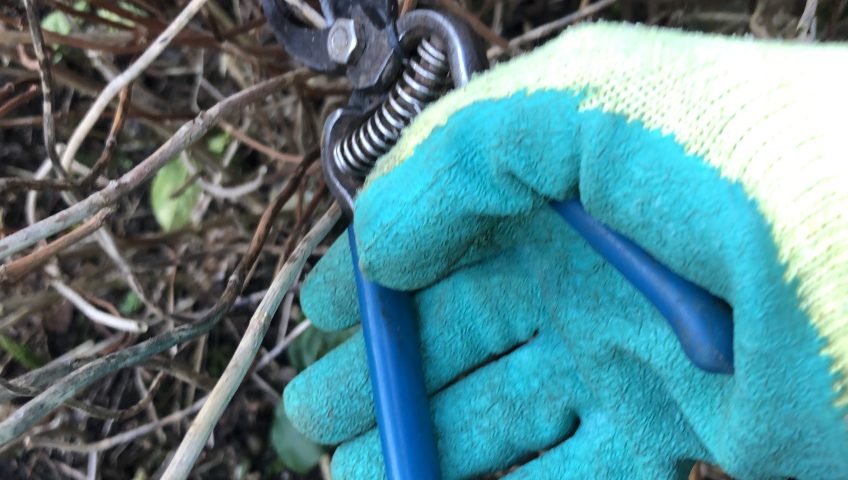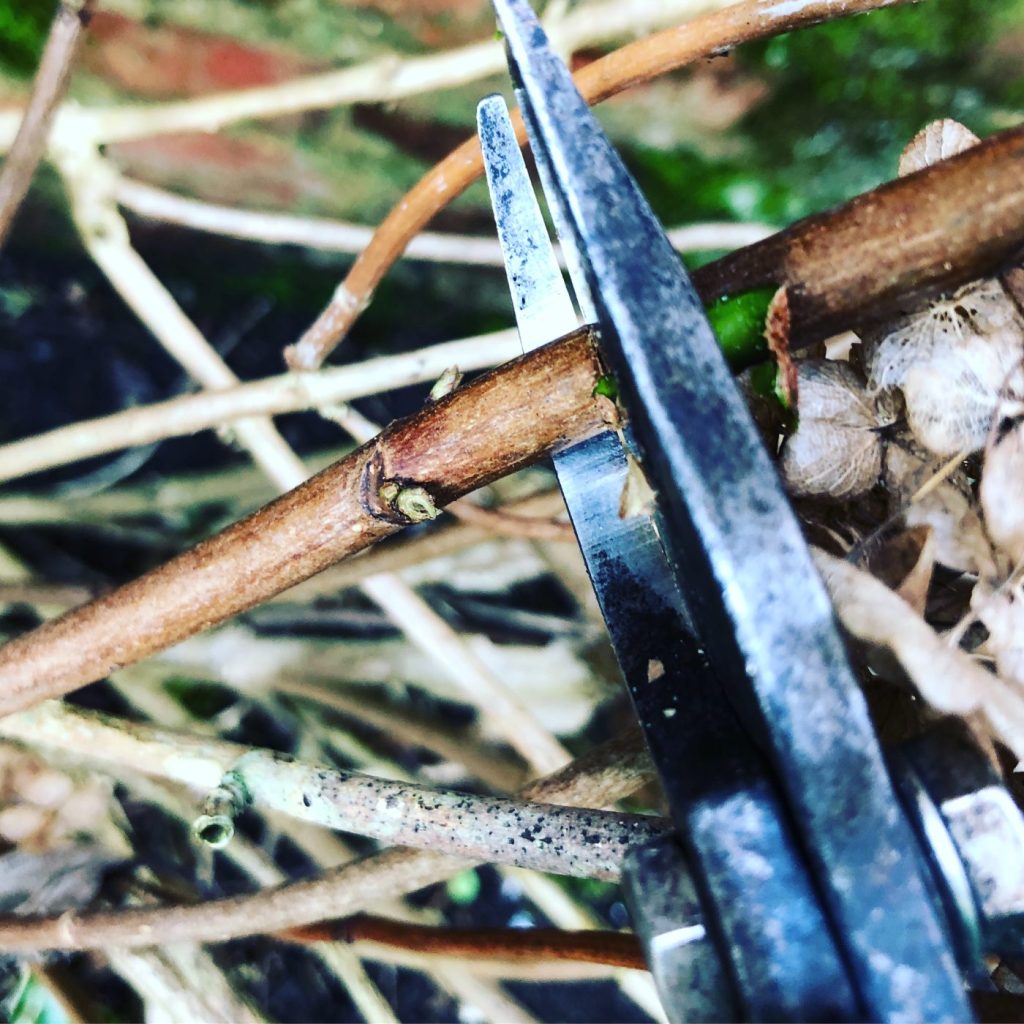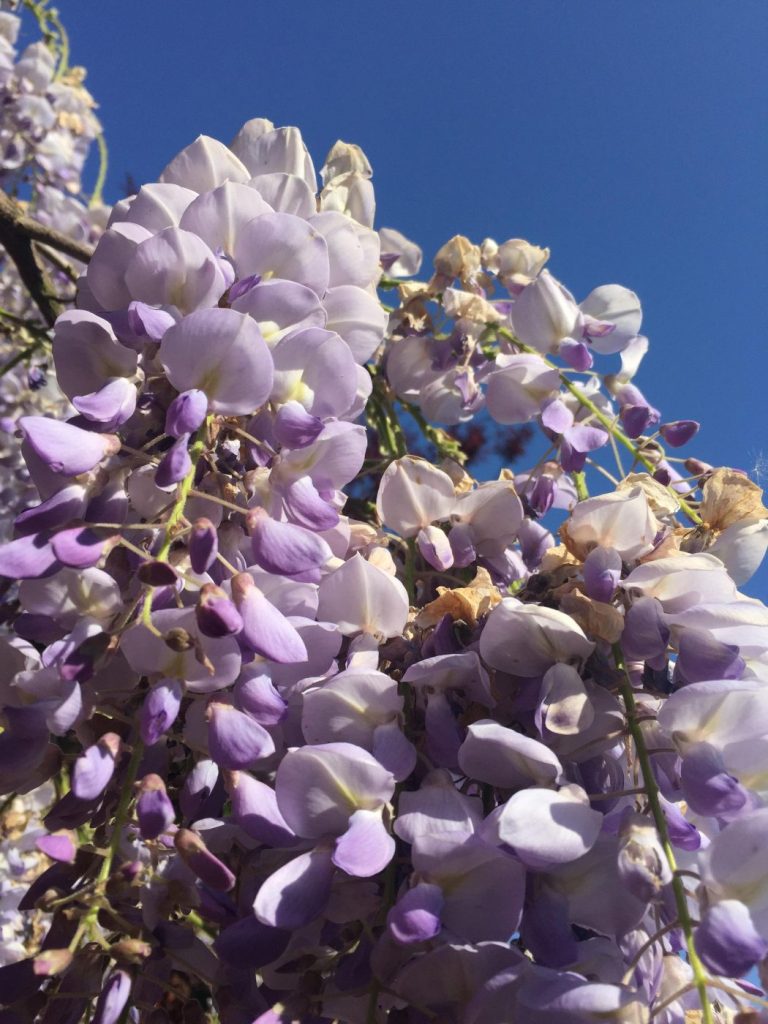
Jobs to do in the garden in March

Wisteria
Time is running out to tackle one of gardening’s beautiful thugs, wisteria. It’s one of those plants that you can’t really go wrong with because it’s so vigorous once it gets it’s feet in the ground. Prune once a year, twice a year, or not at all, it will still give you a show of trailing flowers. The problem is containment and getting those flowers on show and not obscured by woody growth. If you are going by the book then in February you should be revisiting those stems that you last pruned back in July/August the previous year. These whippy stems should have been cut back to five leaves immediately after flowering back in the summer. These stems should now be cut back to two buds in January or February to form a tight framework. Remember that wisteria mainly flowers on old wood so you are looking to build a framework of mature stems that you can keep under control year on year. Of course you can always just leave it but the flowers will eventually be obscured by masses of stringy stems.

Snow drops
I must admit that I’ve never been a great enthusiast for snow drops. To me they have too many years when the show doesn’t quite come off. On a perfect year they can be spectacular on the big estates but in my modest garden my handful of reluctant February flowerers always look out of place and too embarrassed to show off their true glory. Still, I do persevere to connect with my inner Galanthophile that appears every winter and this year is no exception. Yep, those bulbs are coming up for separation yet again in the hope that 2023 will finally be the year of the snow drop on my plot.

To increase their coverage it’s just a matter of lift and separate. First choose a congested clump of snow drops that have finished flowering (usually in March). Then dig them out. Be prepared to go down quite a way and make a note of how deep they are. Then prise apart the clump in to groups of two or three bulbs and replant. Remember to plant them to the same depth that you dug them out from. It is sometimes an idea to mix in some sand to the soil when replanting. This is the easiest way to increase your flower display. You might be thinking of propagating snow drops but it is worth remembering that it can take up to six years to get your first flower that way!

